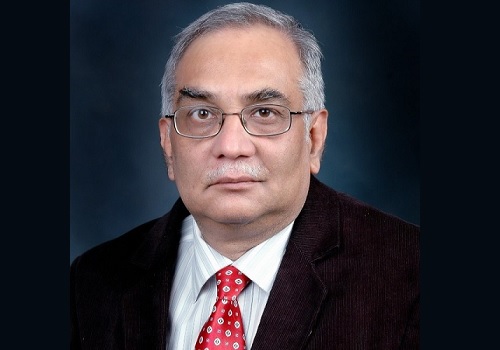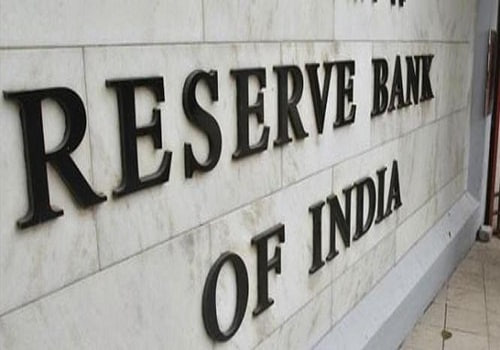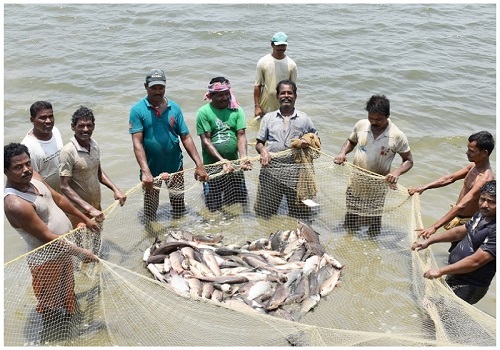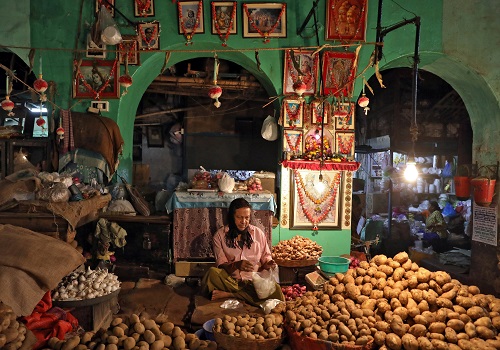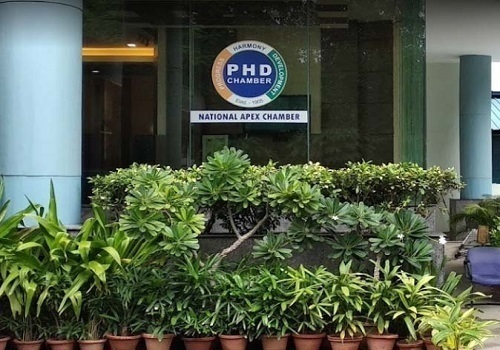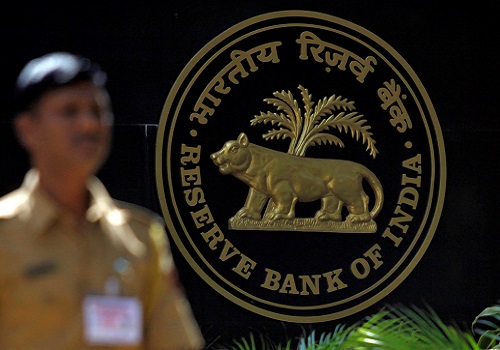MPC pauses and lowers inflation forecast; RBI discontinues G-SAP - ICICI Securities

Follow us Now on Telegram ! Get daily 10 - 12 important updates on Business, Finance and Investment. Join our Telegram Channel
* MPC’s status quo on rates and voting pattern along expected lines: In the bimonthly monetary policy conducted between 6-8 October, the MPC kept the repo rate unchanged at 4%. It also kept the LAF corridor unchanged, consequently leaving the reverse repo and MSF at 3.35% and 4.25% respectively. As expected, all six members of the committee voted to keep rates unchanged while Prof. Jayanth Varma voted against continuing with accommodative stance. While the rate and stance decisions taken in this policy were mostly a non-event, the central bank’s announcements on liquidity measures were keenly watched by the market
* Committee lowers inflation forecast…: Inflation prints in Jul-Aug 2021 were lower than estimated. Hence, as Q2FY22 was progressing there was an expectation that actual inflation outturn could undershoot the MPC’s forecast. In today’s policy, the MPC lowered inflation forecasts sharply. In Q2FY22, it expects headline CPI inflation to print 5.1% (implying CPI at xx% in Sep ’21), sharply down from 5.9% in the Aug ’21 policy. Similarly, it expects inflation to come in at 4.5% in Q3FY22, full 80bps below its Aug ’21 estimate. For FY22 as a whole, the MPC cut inflation forecast to 5.3% from 5.7% two months ago. Forecasts for Q4FY22 and Q1FY23, however, were little changed. Commenting on inflation, the MPC added that food prices were likely to soften due to catch-up in kharif sowing, adequate buffer stock and supply-side interventions from the government. However, the committee once again noted that domestic pump prices of fuel remain very high and cuts in indirect taxes on fuel would lead to durable reduction in inflation.
* and retains growth forecast: On the other hand, growth forecast for FY22 was retained at 9.5% although the quarterly estimates were upped for Q2 and Q3FY22. Now, the MPC expects the economy to grow 7.9% and 6.8% in Q2 and Q3, up 60bps and 50bps respectively from the Aug ’21 review. The committee noted that while the accelerated pace of vaccinations, upcoming festive season and low incidence of new infections were likely to boost demand for contact-intensive services sector, the external environment is turning more uncertain and challenging. It highlighted slowing growth in major economies, rising commodity prices and normalisation of monetary policy in some advanced economies as headwinds for domestic growth.
* RBI discontinues G-SAP, says it is open to complementing 14-day VRRR with 28-day VRRR: The RBI announced that it was discontinuing G-SAP as the existing liquidity overhang, absence of additional borrowing for GST compensation, and expected liquidity expansion due to government spending eliminated the need for it. However, it added that it would be ready to deploy tools such as G-SAP, Operation Twist and OMOs as and when the need for them arises. Further, the central bank announced progressive increase in the quantum of 14-day VRRR: Rs 4trn on 8 Oct, Rs 4.5trn on 22 Oct, Rs 5trn on 5 Nov, Rs 5.5trn on 18 Nov and Rs 6trn on 3 Dec ’21. It also added that it would be open to complementing the 14-day VRRR auction with 28-day VRRR auction for efficient liquidity management.
* RBI extends several measures to support growth: Along with the monetary policy measures, the RBI announced several regulatory measures aimed at nurturing growth. Firstly, it extended special long term repo operations for small finance banks till Dec 2021 and also made it available on-tap. Secondly, it decided to continue with enhanced WMA limit for state governments till Mar 2022. The central bank also extended priority sector classification for bank lending to NBFCs for on-lending to agriculture, MSMEs and housing to Mar 2022
.
To Read Complete Report & Disclaimer Click Here
For More ICICI Securities Disclaimer https://www.icicisecurities.com/AboutUs.aspx?About=7
Above views are of the author and not of the website kindly read disclaimer

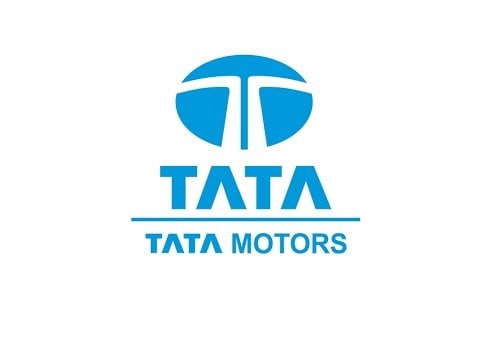




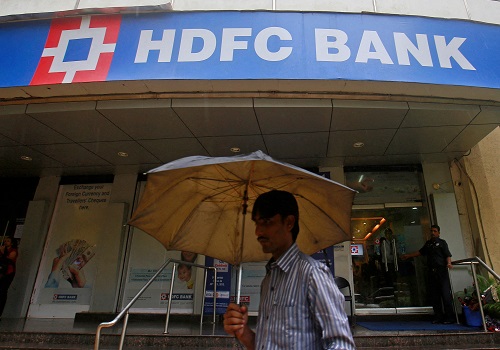



Tag News

Monthly Debt Market Update, September 2023: CareEdge Ratings
